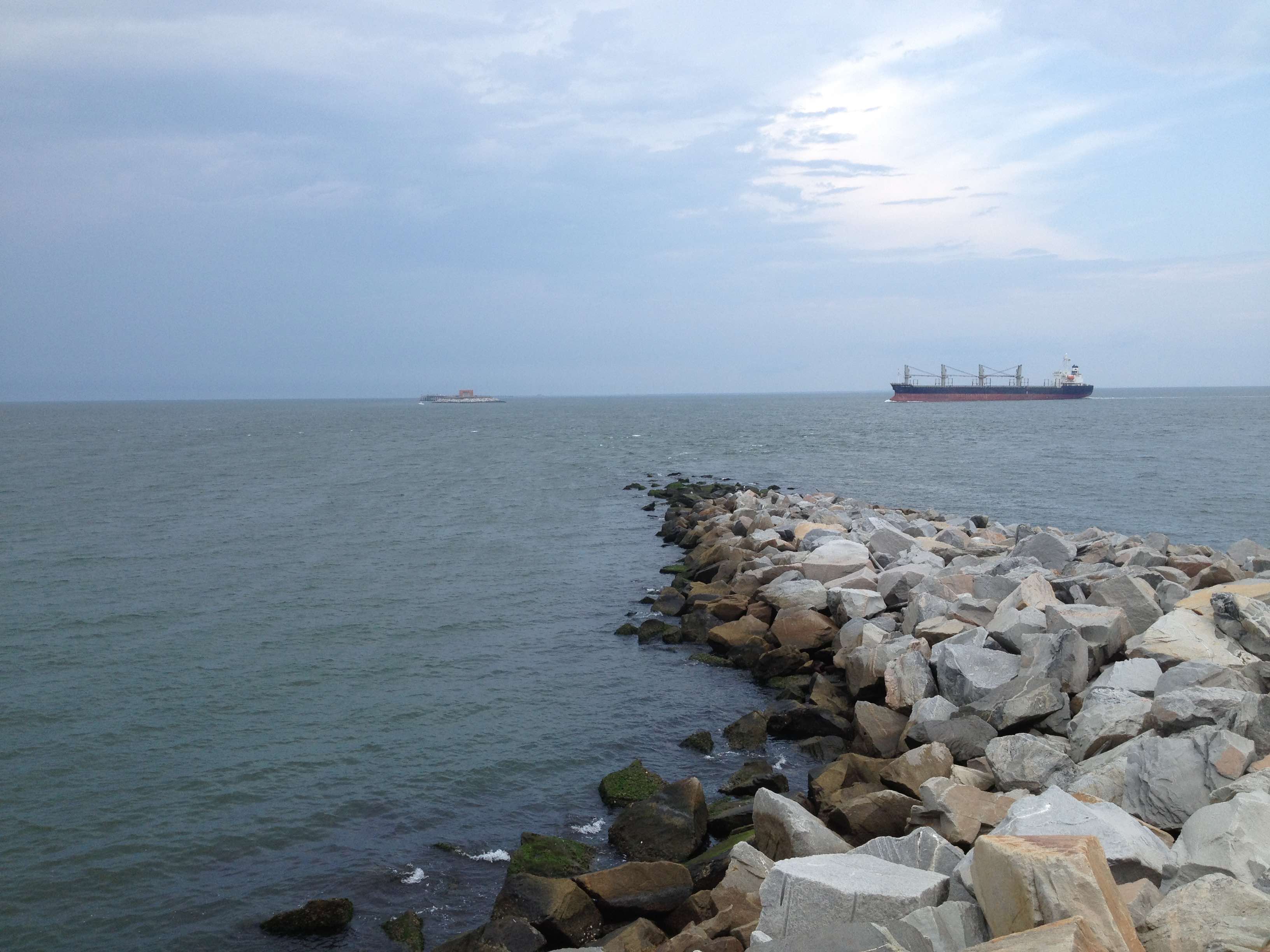Have a story idea
Have a story idea? Send it to us here.

Source : Wikimedia
September 29, 2022
Author : Patty Allen
The largest estuary in the United States is the Chesapeake Bay. It is situated in the Mid-Atlantic region and is mostly isolated from the Atlantic Ocean by the Delmarva Peninsula.
The poor health of the Chesapeake Bay is mostly caused by nitrogen, phosphate, and silt.
Fertilizers, wastewater, septic tank discharges, air pollution, and runoff from farms, cities, and suburbs contribute excess nitrogen and phosphorus. Due to erosion and construction sites, excessive volumes of silt are pushed into the Bay.
The Baltimore District of the United States Army Corps of Engineers and the Maryland Department of Transportation have approved a $4 billion ecosystem restoration project in Dorchester County.
USACE announced on Tuesday that officials from both parties had signed a project collaboration agreement outlining their respective roles, duties, and financial obligations for the Mid-Chesapeake Bay endeavor to restore remote habitats on James and Barren islands.
The restoration project will encompass 2,072 acres of lost remote island habitat on James island and 72 acres on Barren island, utilizing dredged material from the Port of Baltimore approach channels and the Honga River.
The Mid-Chesapeake Bay Island Ecosystem Restoration project, often known as Mid-Bay, is located in western Dorchester County, Maryland, near the islands of James and Barren. Utilizing dredged material, the project focuses on restoring/expanding island habitat to provide hundreds of acres of wetland and terrestrial habitat for fish, shellfish, reptiles, amphibians, birds, and mammals.
This will bring direct health, diversity, and sustainability advantages to aquatic and wildlife species. Indirect benefits include navigational safety, education, and passive recreation will also be realized. The feasibility study's conceptual plan offers 55% wetland and 45% upland habitats.
The project establishes a long-term strategy for offering viable placement alternatives that meet the Port of Baltimore's dredging needs while maximizing the utilization of dredged materials as a valuable resource. Island habitat restoration is essential and beneficial to the Chesapeake Bay ecology. It is estimated that 10,500 acres of this habitat have been lost in the eastern portion of the Chesapeake Bay in the last 150 years. Migratory and shorebirds benefit from secluded island environments as resting and nesting grounds.
The IIJA gave the Mid-Bay project $84 million.
“With this project, we hope to build upon the success of Poplar Island,” explained Col. Pinchasin. “The habitat we restored and created using dredged material is flourishing.”
According to the present timeline, Barren Island could begin receiving dredged material as early as 2024, with James Island admitting material sometime in 2030, following the completion of dredged material containment facilities at both locations.
According to USACE, the Mid-Bay project should be completed by 2067. This means that over the next40-years about 100 million cubic yards of dredged material will be moved.
Every year, the USACE dredges almost five million cubic yards of debris from the channels and anchorages serving the Port of Baltimore to keep current depths and widths for safe sailing. The material must be contained or disposed of responsibly once removed.
A new memorandum of agreement between Maryland's Department of Natural Resources and Wicomico County will allow 137,000 cubic yards of material dredged from the port to be re-used on the DNR's Deal Island Wildlife Management Area, benefiting over 70 acres.
This material will aid in the restoration of wetlands, the preservation of natural habitats, and the protection of infrastructure along the Manokin River to keep up with increasing sea levels.
“The dredging material will be beneficially used and re-used, and the project will provide for local wetlands restoration and the creation of vital wildlife habitat,” Governor Larry Hogan explained. "I want to thank our team at the Maryland Department of Natural Resources, our partners in Wicomico County, the City of Salisbury, and the U.S. Army Corps of Engineers, for working together toward this collaborative solution.”
Category : Investment in Infrastructure State Government Ports
